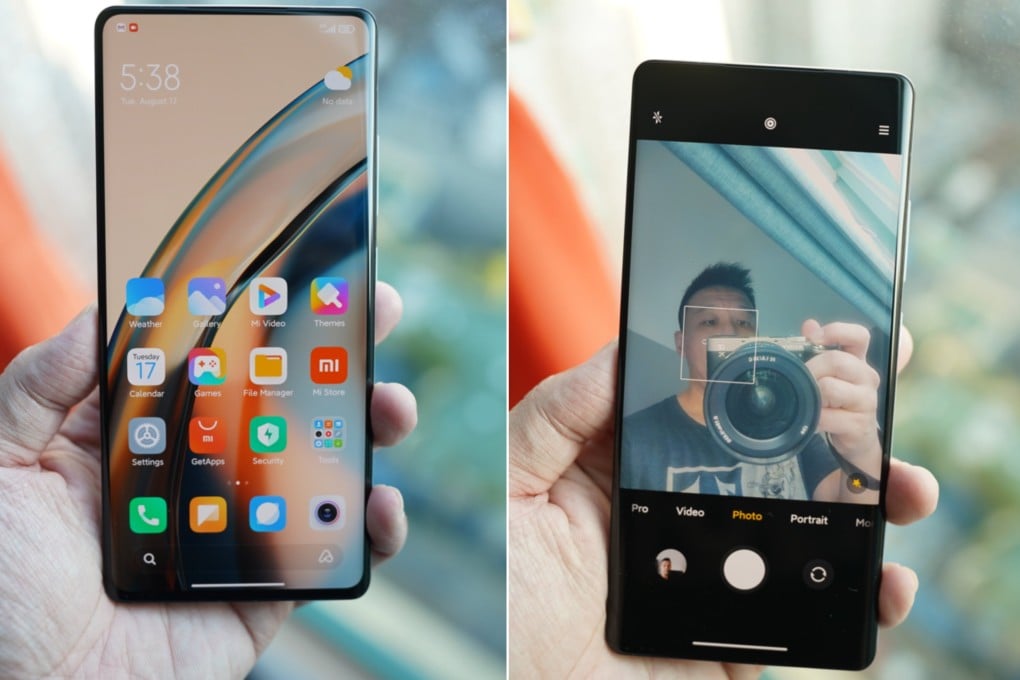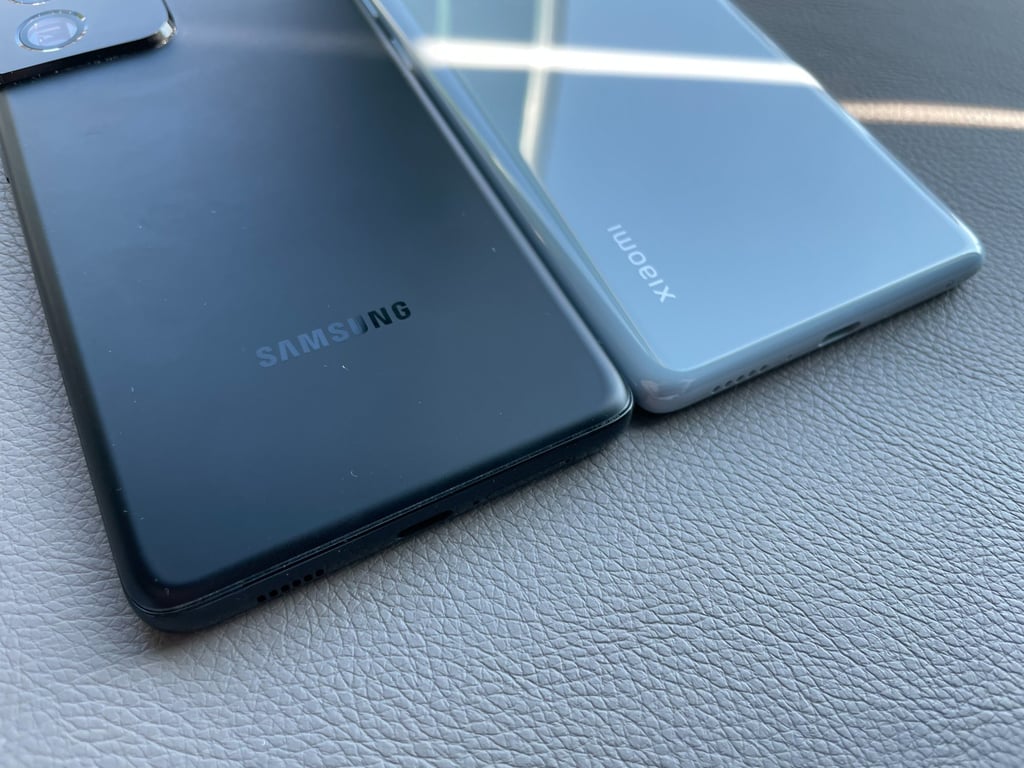Review | Xiaomi Mix 4 review: first functional under-screen selfie camera shows the technology’s potential
- Xiaomi takes the notch-free, all-screen design a step further with a selfie camera that shoots through the display using a technical trick and clever software
- The phone runs on the brand new Snapdragon 888+ processor, and has a seamless ceramic body with a great feel

Smartphone makers have been working on the bezel-free, all-screen design for years. In doing so, they have had to come up with ways to either shrink, eliminate, or relocate components that take up space on a handset’s face, such as the home button, proximity sensor, fingerprint scanner, earpiece and selfie camera.
The biggest challenge of that mission so far has been the selfie camera. It is a major reason the iPhone has that infamous notch and the sole reason recent Android phone screens had a hole drilled into them. But phone brands may have finally found an answer with the nascent under-screen camera technology, which sees the selfie camera placed underneath the display panel.
Chinese brand ZTE was the first to bring this technology to market, in 2020, albeit in flawed form. Korean electronics giant Samsung introduced its own version in the Galaxy Z Fold 3 this month, although that camera is so lo-res it’s meant as a backup option.
It is instead rising Chinese smartphone maker Xiaomi that has released the first truly functional under-screen camera technology in its Mix 4 phone. It’s still not perfect, but it is the first sign that this technology is not a gimmick.

Design and hardware
Just about every flagship smartphone these days is well constructed with a premium in-hand feel, but the Mix 4 is even more polished than most, thanks to its unibody ceramic frame. Look at the back of an iPhone or a Samsung and you’ll see a seam where the back glass plate meets the aluminium chassis – that line doesn’t exist in the Mix 4 because its back and sides are a single piece.